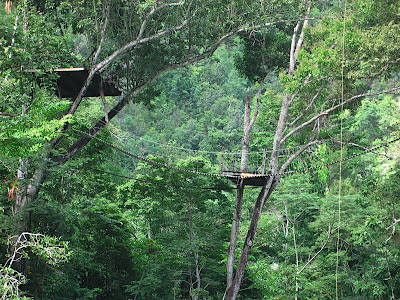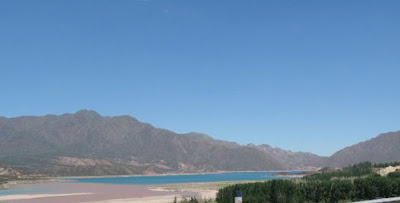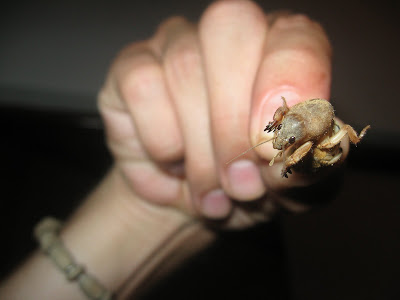Last week, The New York Times published an article (“
New jungles prompt a debate on rainforests”), positing that saving old growth rainforest may be less important than previously thought because:
1) "By one estimate, for every acre of rain forest cut down each year, more than 50 acres of new forest are growing in the tropics on land that was once farmed, logged or ravaged by natural disaster."
2) "Globally, one-fifth of the world’s carbon emissions come from the destruction of rain forests, scientists say. It is unknown how much of that is being canceled out by forest that is in the process of regrowth."
I think this article has done a severe disservice to rainforest conservation, by giving legitimacy to uncertain ideas and unresolved hypotheses.
I consent that secondary forest likely has conservation value, in terms of both carbon sequestration capacity and wildlife habitat. Indeed, secondary forest clearly has a large conservation value when compared to cultivated land. However, it does not necessarily when compared with old growth forest. "[Dr. Wright, a STRI senior scientist] says new research suggests that 40 to 90 percent of rain-forest species can survive in new forest." A 60% loss of biodiversity, or anything close, is unacceptable, particularly in rainforests, where we have yet to discover the wonder, scientific mysteries, and human value of many of the species that reside there.
Despite reports that deforestation rates are declining, massive tracts of primary forest continue to be cut down or burned in many parts of the world. Although many small farmers are moving to cities, as the article points out, industrial agriculture has transformed the amount of clearing that can be accomplished by a small labor force. A colleague of mine,
Shelby Hayhoe, works in Mato Grosso in Brazil, and tells me of soybean plantations as far as the eye can see, and expanded every year. Another colleague,
Noé de la Sancha, studies the ever-disappearing forest fragments that remain between soybean fields in Paraguay. Even if secondary forest in Panama can support high diversity, I worry for the species endemic to these South American regions, where forest is still rapidly disappearing.
Although The New York Times’ article gives voice to dissenting opinions and recognizes that the equivalency of secondary forest is still in question, I am not sure all readers will get past the photo caption, describing a former farm as “land now reverting to nature, a trend dimming the view of primeval forests as sacred.”
 Old growth and new growth and everything in between. A canopy walk in Belize, where forests have been growing back for centuries, but are still heavily influenced by local Maya.
Old growth and new growth and everything in between. A canopy walk in Belize, where forests have been growing back for centuries, but are still heavily influenced by local Maya.





